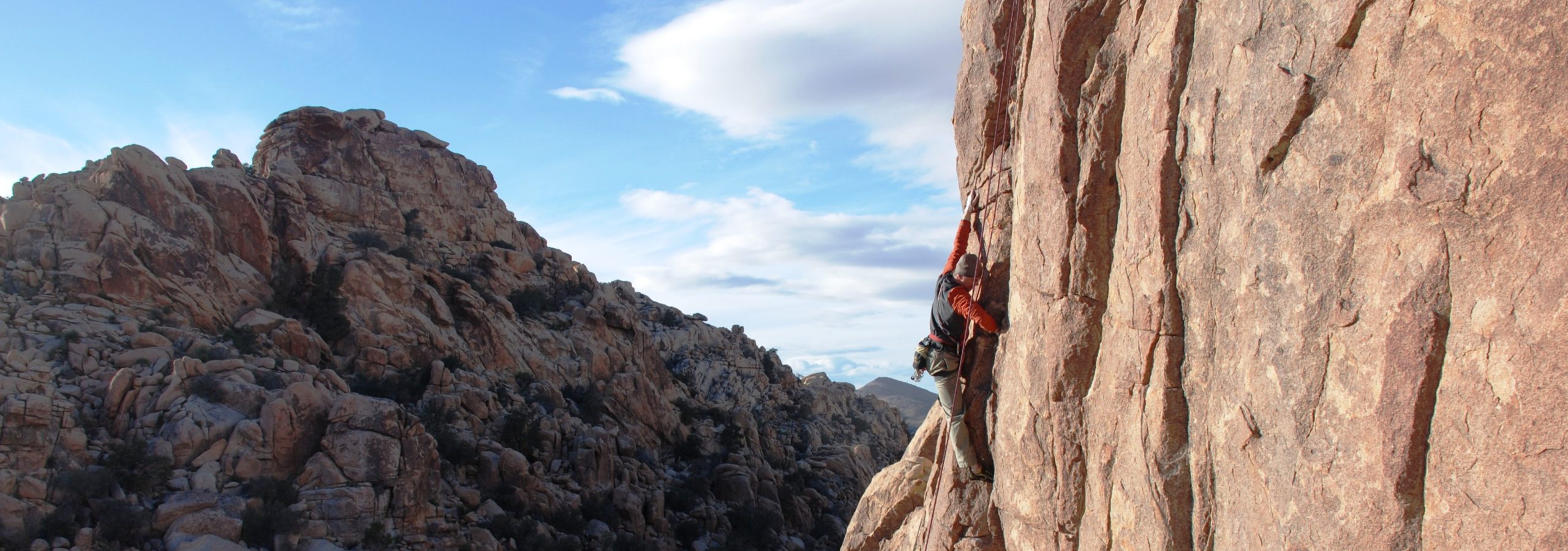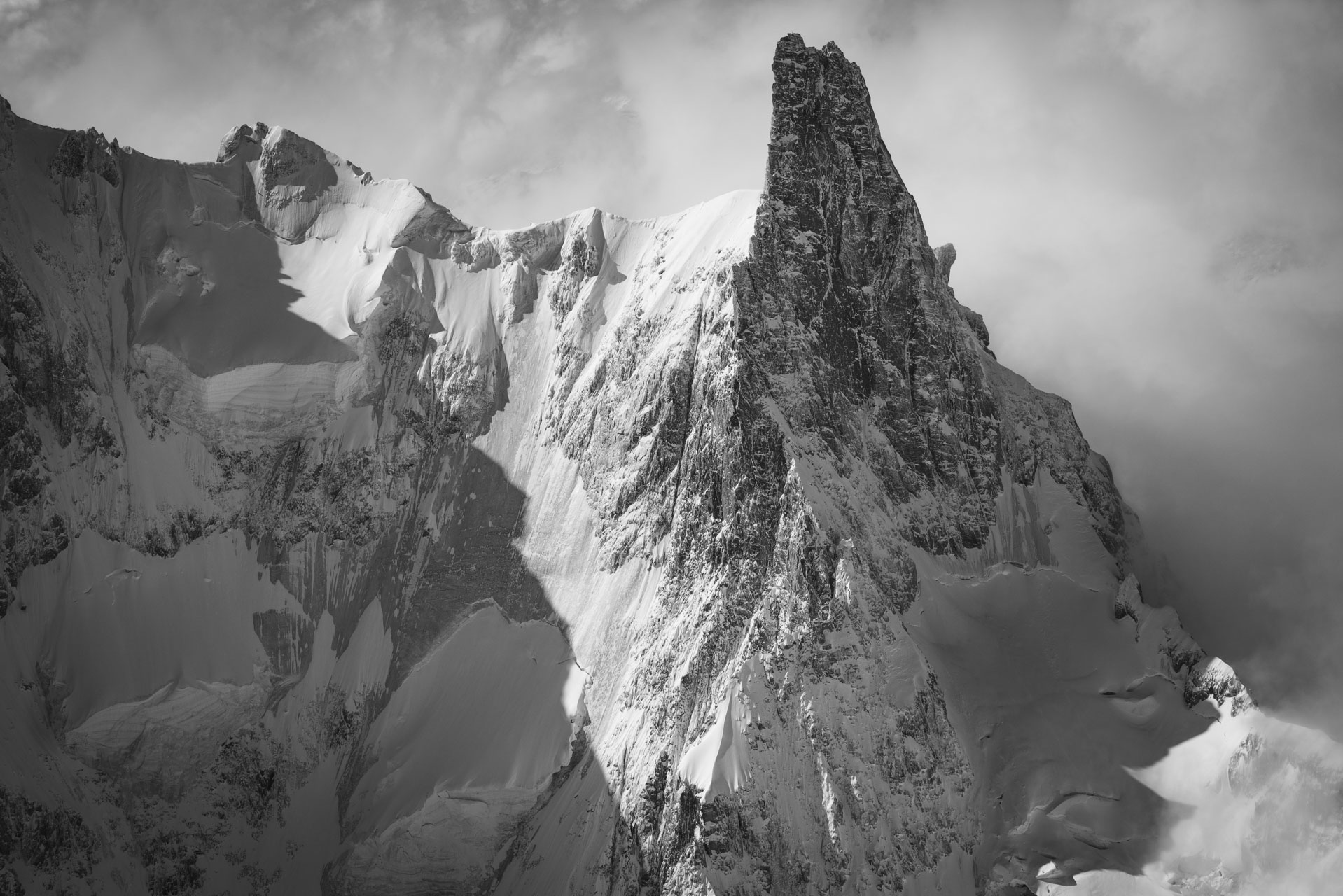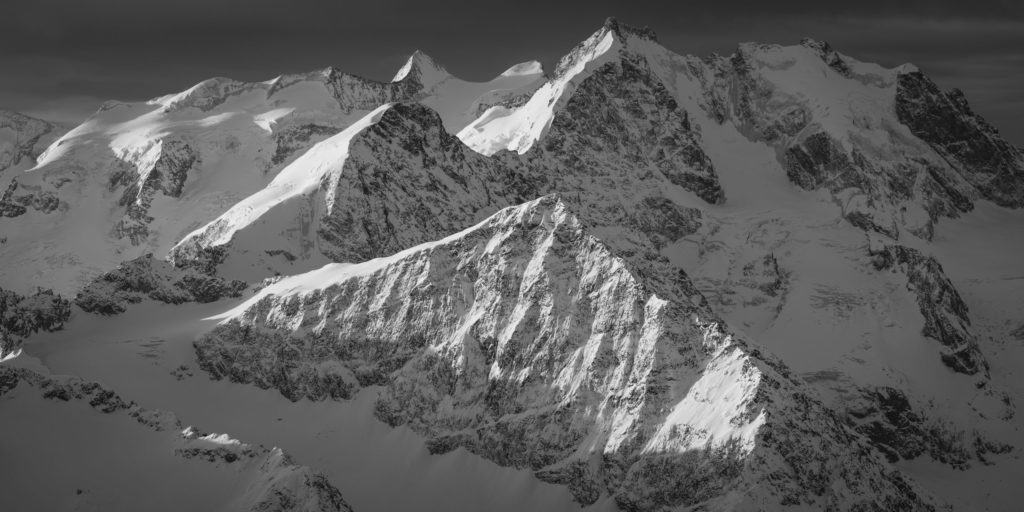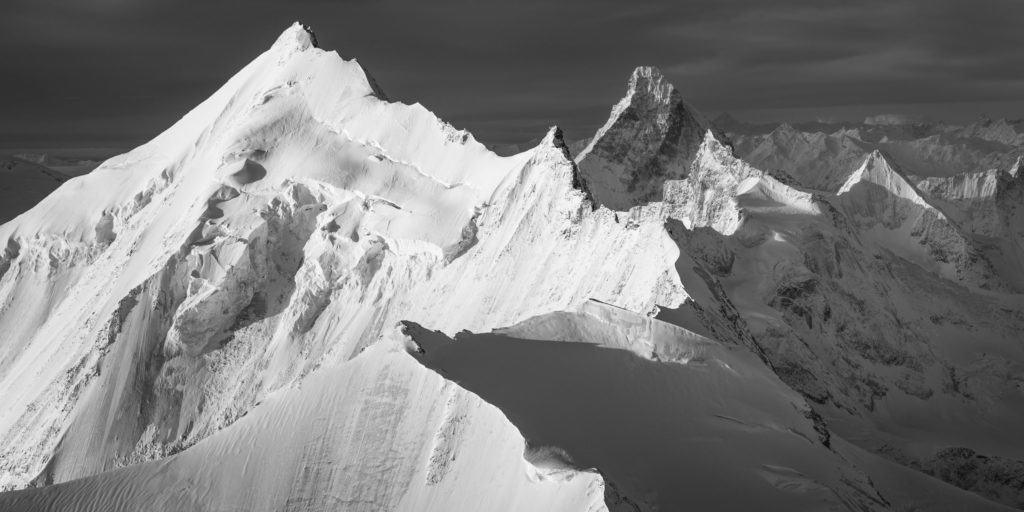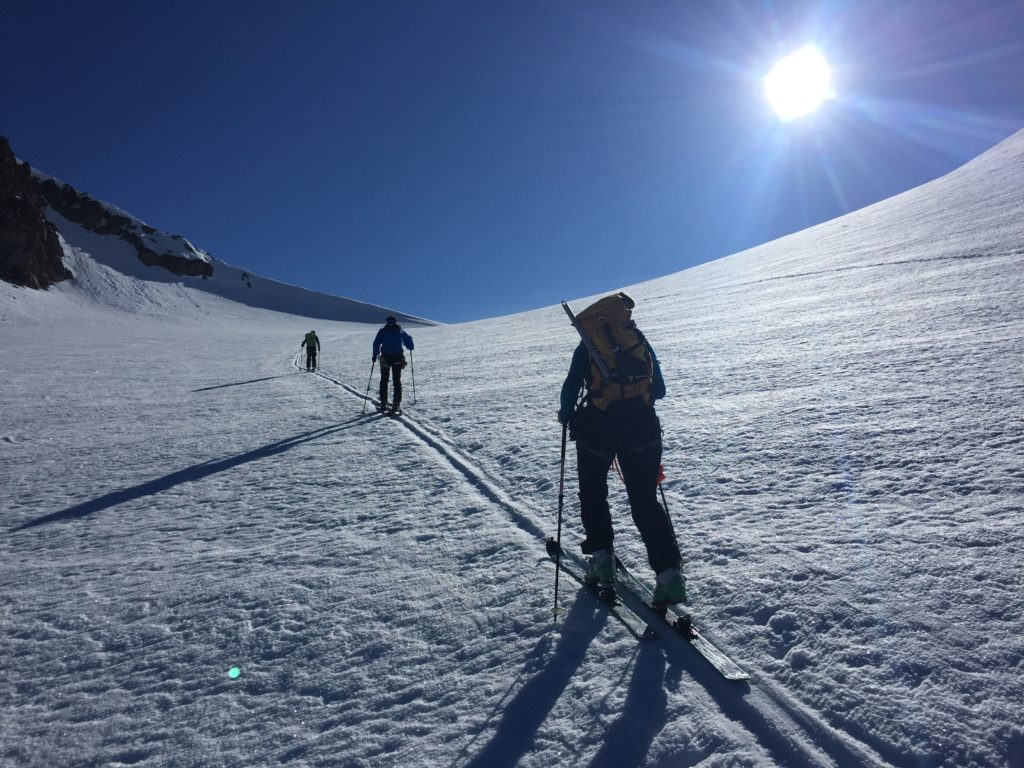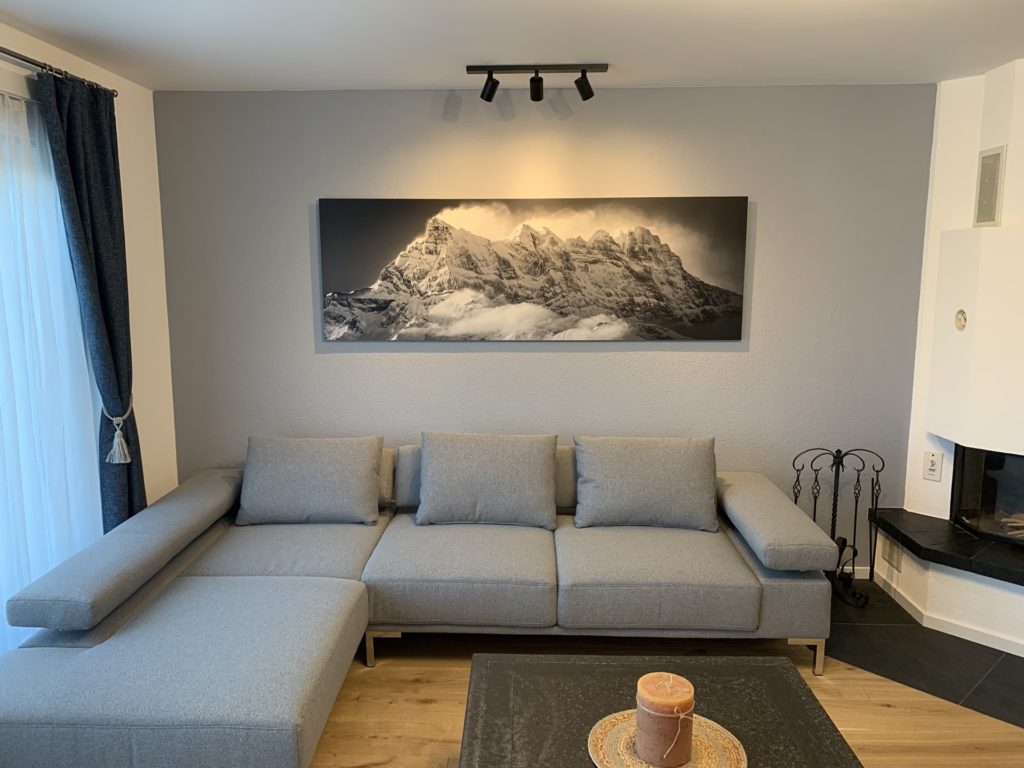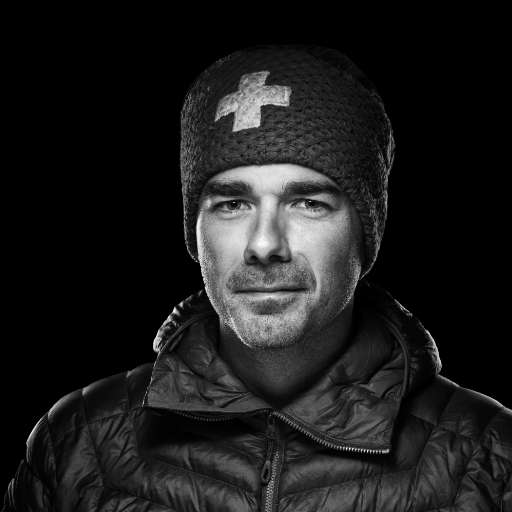In the heart of the mountain valleys, one sport stands out among the rest. A vertical ballet punctuated by holds, climbing conquered the world of mountaineering. Driven by the thirst for adventure, climbers cannot resist the call of the summits. But, do you know the different types of climbing? Did you know that this discipline is full of complexity? From artificial walls to unequipped natural walls, each practice is a challenge to be met. I invite you to discover the main types of climbing, all of which are as exciting as they are intriguing.
Route climbing: vertical ballet
The way. A sport where the man and the wall merge in perfect harmony. The belayer, the climber's faithful companion, becomes an attentive coach. His voice resonates to instill courage and determination in his partner evolving on the holds. The rope, like a link uniting the two athletes, weaves a web of unparalleled trust and cohesion. On the artificial walls, the mountaineer trains to explore the most beautiful mountain corners as soon as the conditions allow. Once in the middle of nature, it blends in with the majesty of the summits. His soul rises as his body climbs the rock.
The artificial wall route: a training ground for mountaineers
In the climbing gym, the mountaineer is refining his technique. A true enthusiast of the world above, he prepares his body and mind for the ascent of the rock titans. Since the 2000s, the rise of indoor climbing has accelerated. In French-speaking Switzerland, where I live, the number of artificial walls is constantly flourishing. Thirty rooms have been built in just two decades! I love this phenomenon! Is this not a means of initiating men into the majesty and greatness of the world? summits ?
On the artificial walls, each lane is transformed into a work of art. The opener, like an artist in front of his blank canvas, deploys his infinite creativity. And the climber, on the other hand, takes on the role of the detective by deciphering the riddles woven by the opener. He then dances, with grace and lightness, following every movement of the way. Until he reaches the last hold, witnessing his victory over the riddle concocted by his creator.

How can we not mention Janja Garnbet when it comes to indoor climbing? Originally from Slovenia, this climbing star is lighting up the international scene. She climbed the steps of the podium with disconcerting regularity, to the point that the lanes reserved for women during competitions had to be reconsidered because of her exceptional level. Muse of verticality, Janja Garnbret teaches us that passion, perseverance and humility are the keys to excellence.
The natural wall route: from the rind to the main route
The sun is emerging. It sets the summits and dries out the natural walls. Outdoor climbing opens its arms to the climber. He hastens to venture into the heart of the rock pyramids. He then consults his sacred guide, the "topo", who maps the paths and challenges available to him. Harness, booties, rope, quickdraws, helmet... He carefully prepares his outdoor gear to challenge the natural cliffs.
The tree climber can choose a rind area. These cliffs are only one rope length long and the climber, whether he chooses the head or the top rope, is belayed at the foot of the route. Requiring less preparation time, the rind offers an experience similar to artificial walls. On these natural walls, which are ten to forty metres high, the athlete progresses to the rhythm of the rock. He installs his own quickdraws on spits or pitons fixed by the opener.

In multi-pitch climbing, the climber becomes one with the mountain. Evolving through a sequence of several pitches, it ventures into vertical terrain ranging from 50 to sometimes 900 meters in height. Among the most famous is the vertiginous wall of El Capitan, in the United States. Nicknamed the "Big Wall", this cliff is just waiting to be conquered by the best on the planet.

Bouldering: refining climbing technique
While in route, the climber mainly perfects his resistance and endurance, in bouldering, he works on his technique through a sequence of a few precise movements. The block walls have an average height of 4.5 meters.
Indoor bouldering: the rise of an urban practice
Over the past few decades, bouldering halls have been growing in popularity in Europe and attracting an increasing number of new practitioners. A place of conviviality and encounters, athletes encourage each other, support each other and join forces to unravel the mystery of the lines created by the opener. While this discipline does not require the endurance of route climbing, it does require great concentration, brute strength over only a few meters. Difficulties are often categorized according to a color-coding system:
- White: very easy (3a/3c)
- Orange: easy (4a/4c)
- Green: Medium (5a/5c)
- Blue: Difficult (6a/6b)
- Red: very difficult (6c/7a)
- Black: Extreme (7A/7B)
- Purple: Abominable (7b+ and beyond)
Among the illustrious names, Daniel Woods stands out. He impresses with his unerring technique and total dedication to the art of climbing. A prodigious opener, Daniel Woods pushes the limits of what is conceivable. One of his passions is the creation of blocks of extreme difficulty, which only very few athletes dare to challenge.
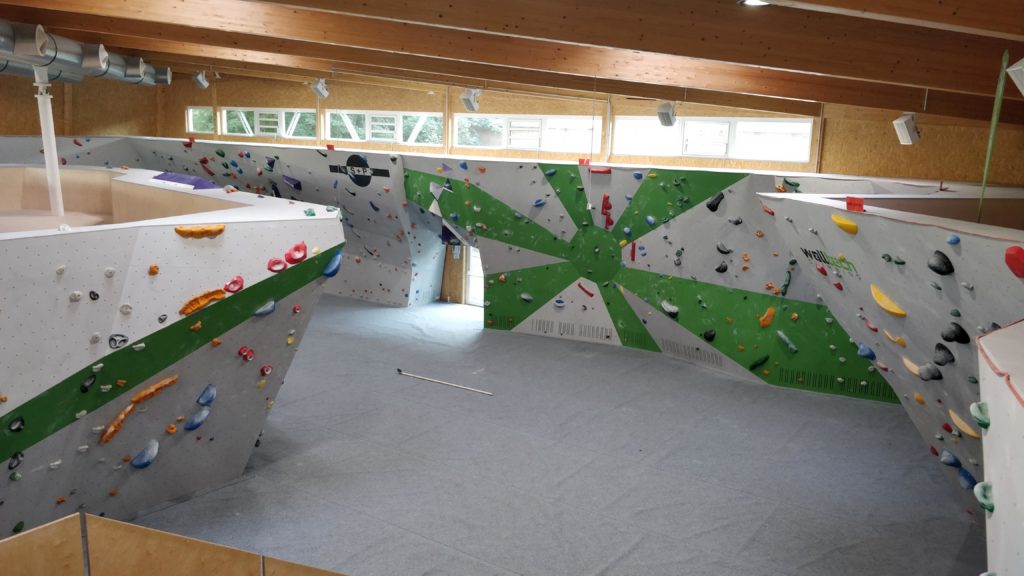
Carsten Hagemann)
Outdoor boulders: nature's jewel
In the vast wilderness, towering boulders rise from the depths of the earth. They call on athletes to climb their steep slopes. Accompanied by his precious guide, the climber carefully scrutinizes the line that inspires him. When he finally reaches the last take, he slides onto his crash pad, his heart filled with excitement at the thought of having conquered the rock. His gaze is already turning to the next block to conquer. A hidden treasure just waiting to be discovered.
Some open-air bouldering sites stand out as true living legends. Among them, the forest of Fontainebleau, located not far from Paris. A reference for climbers all over the world. These lands offer an array of sites, where every rock represents a challenge to overcome. Today, the forest is home to more than 30,000 boulders, divided into 270 sectors and 280 circuits suitable for all levels. Fontainebleau remains a first-class destination where the great names of climbing leave their mark, thus writing this region in the annals of the history of this exciting sport.
Solo climbing: the birth of an extreme sport
Free climbing, solo, free solo... Without a doubt, one of the most daring practices in this sport. The climber, braving the abyss, chooses to climb on ever more vertiginous cliffs. In extreme concentration, he evolves, alone, aware that the slightest mistake can be fatal to him.
There are two solo climbing practices, each with its own set of daring and intense emotions. First, the solo with self-belay, where the climber progresses on the route by belaying himself. A delicate balance between climbing and safety. This method requires advanced technical skills, using various specialized equipment such as mechanical locking or anti-fall devices, shock absorbers, static ropes, etc.
Then comes the full solo climbing. The most perilous form of free climbing. The rock enthusiast, solitary in his ascent, refuses any protection. He confronts verticality with heroism. Every moment becomes a dance between life and tragedy. So, what drives these extreme climbers to engage in this form of climbing? A desire to transcend boundaries? A call for absolute freedom? A quest for intense emotions? I do not know how to answer that question.
And in this intriguing and perilous world, Alex Honnold is a legend. From an early age, the feline of the peaks is immersed in the world of verticality. Over the years, his technique became more refined and his mental strength became his noble companion.
Alex Honnold remains particularly famous for his resounding feat at El Capitan in Yosemite National Park, California. On June 3, 2017, he made climbing history by climbing the "Freerider" route, which stretches for nearly 900 meters, without any protection to hold him in case of a fall. In doing so, he faces one of the most formidable and exposed walls in the world. If you're intrigued by the story, I invite you to watch the movie "Free Solo," directed by Elizabeth Chai Vasarhelyi and Jimmy Chin. A captivating exploration of this extraordinary feat.
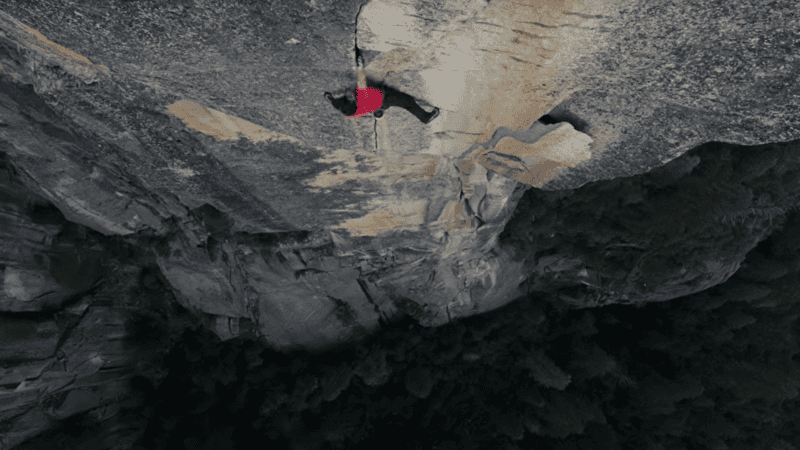
Artificial climbing: a vertical escape
Known as "Artif" in the jargon of enthusiasts, it is a method of climbing the walls that puts many mountaineers to the test. With the help of pitons, spits, or teardrop hooks, the mountaineer fashions his own line in the rock. The progression points it creates, which are essential for its safety, also serve as anchors for the climber's belay.
In contrast to free climbing, which favours the purity of the ascent without artifice, this method is based on the use of external aids. The athlete progresses by hanging from a fifi hook or climbing with the help of stirrups, while the rope alternately secures and blocks the climber's movement on both strands.
Unlike free climbing, where physical strength and athletic agility are put to the test, artif places more emphasis on technical and mental skills. But it would be unwise to underestimate the physical demands of this discipline, which requires precise coordination and unfailing psychological endurance.
In artificial climbing, each movement becomes an invitation to observe, to feel, to marvel at the raw beauty of the mountain. And on icy terrain, where pitons are replaced by ice screws, this discipline takes on a polar look. And the mountaineer, as small as he may seem in the face of the icy immensity, tastes the ultimate freedom.
Climbing in the Adventure Terrain: conquering the summits
When the adventurous soul melts into the majesty of the peaks, the adventure terrain (TA) calls the mountaineer from the bottom of its valley. But what does this discipline consist of? It is the rawest and wildest form of the practice of this sport, it is also called "trad" in the consecrated jargon. The wall, devoid of spits and pitons, is climbed by man with the help of his personal equipment. Cams, friends, straps... He became the captain of the heights. Like a navigator in the middle of the Pacific, like a team of sailors floating on deep waters, the rope team braves the giants of ice and rock. And in this ocean of natural pyramids, the climber listens to the sound of the high mountains. He observes and analyzes changing winds and clouds. He watches for the passing hour. Because if the scheduled time is exceeded, he will be condemned to bivouac under atrocious conditions. And his fate can be tragic.
If you want to discover the MT rating system, the CamptoCamp guidebook describes it precisely. In this climbing practice, the equipment levels vary from P1 to P4+ and testify to the diversity of the routes and their requirements. From fully equipped routes to completely pristine courses, each adventure course creates a unique, unpredictable and mesmerizing journey.
The crossing of the Grandes Jorasses exemplifies the essence of adventure climbing. A majestic ridge, perched above 4000 metres above sea level, it is one of the most beautiful classic races in the Alps. Climb seven mountains of more than 4000 meters, contemplate panoramas as magnificent as they are fierce, immerse yourself in an icy world, where the grandeur of the peaks mixes with the smallness of man.
From Torino Hut to Walker Point, each summit Defeated composes a hymn of joy in the heart of the mountaineer. A parenthesis through a celestial journey, no one is insensitive to the lesson of humility that the crossing of the Grandes Jorasses in the face of the power of the elements present in the mountains.
From a simple indoor practice to an adventure playground, climbing is gradually conquering men. But, beyond climbing on artificial walls, I particularly enjoy this sport when it allows me to merge with the mountain. Touch the rock, breathe the pure air of a universe between heaven and earth, taste the simplicity of a celestial world. That's what I really aspire to.
